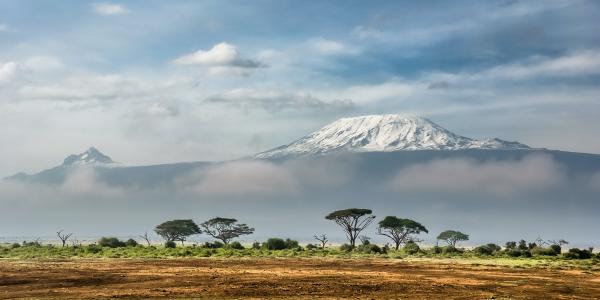The Bibliographic Database of African Scholarship on African Archaeology aims to make under-cited work more accessible to scholars, students, and the public.
Helina Woldekiros, assistant professor of archaeology in the Department of Anthropology in Arts & Sciences, and her collaborators recently launched the Bibliographic Database of African Scholarship on African Archaeology (BibDAA). The new open-access database collects and shares publications on African archaeology, broadly defined, by African and Afrodescendant scholars. Recognizing that under-citation of Black scholars is a long-standing problem in archaeology and responding to renewed calls to cite Black scholarship, BibDAA supports academic research and teaching by helping scholars and educators discover under-cited work and diversify student reading lists, increasing the visibility of underrepresented researchers.
“While this will be useful for academics, it is also going to be an important tool for the public,” said T.R. Kidder, the Edward S. and Tedi Macias Professor and chair of the Department of Anthropology. “It is also an important tool in making visible the research of scholars that are often under-recognized and thus whose work is undervalued.”
As a living, publicly accessible database, BibDAA was created by and for the archaeological community, and relies on ongoing contributions from its users to expand and maintain it. Woldekiros and her co-editors welcome users to connect with them to share comments and suggestions and to submit additional materials for inclusion in the database. In order to abide by copyright laws, the database consists of citations only. Users are encouraged to obtain complete publications through existing resources, such as university libraries.
“We’re looking forward to seeing users interact with the database to support their own research and course design, and to help build and share it,” Woldekiros said. With community input the database will continue to grow over time from its current size of nearly 1400 entries. “Not only are we capturing and sharing scholarship that’s already out there, we’re also providing space for new researchers to see themselves in the field and make their own mark.”




